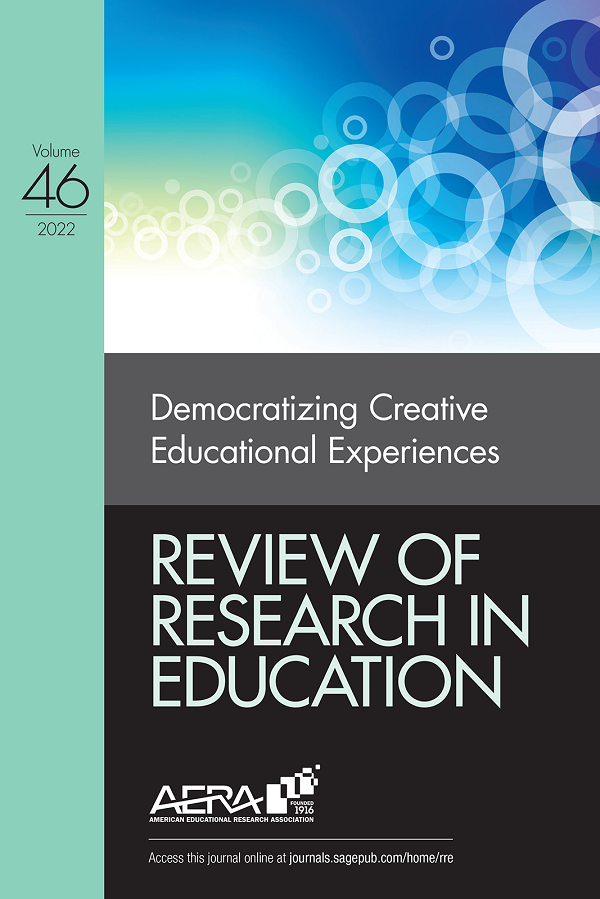How Administrative Data Collection and Analysis Can Better Reflect Racial and Ethnic Identities
IF 2.4
1区 教育学
Q1 EDUCATION & EDUCATIONAL RESEARCH
引用次数: 16
Abstract
Measuring race and ethnicity for administrative data sets and then analyzing these data to understand racial/ethnic disparities present many logistical and theoretical challenges. In this chapter, we conduct a synthetic review of studies on how to effectively measure race/ethnicity for administrative data purposes and then utilize these measures in analyses. Recommendations based on this synthesis include combining the measure of Hispanic ethnicity with the broader racial/ethnic measure and allowing individuals to select more than one race/ethnicity. Data collection should rely on self-reports but could be supplemented using birth certificates or equivalent sources. Collecting data over time, especially for young people, will help identify multiracial and American Indian populations. For those with more complex racial/ethnic identities, including measures of country of origin, language, and recency of immigration can be helpful in addition to asking individuals which racial/ethnic identity they most identify with. Administrative data collection could also begin to incorporate phenotype measures to facilitate the calculation of disparities within race/ethnicity by skin tone. Those analyzing racial/ethnic disparities should understand how these measures are created and attempt to develop fieldwide terminology to describe racial/ethnic identities.行政数据的收集和分析如何更好地反映种族和民族身份
测量行政数据集的种族和民族,然后分析这些数据以了解种族/民族差异,这在逻辑和理论上都存在许多挑战。在本章中,我们对如何为行政数据目的有效测量种族/民族的研究进行了综合回顾,然后在分析中使用这些测量。基于这一综合的建议包括将西班牙裔的衡量标准与更广泛的种族/族裔衡量标准相结合,并允许个人选择多个种族/族裔。数据收集应依靠自我报告,但可以使用出生证明或同等来源进行补充。随着时间的推移,收集数据,特别是对年轻人的数据,将有助于识别多种族和美洲印第安人。对于那些具有更复杂种族/民族身份的人来说,除了询问他们最认同哪个种族/民族的身份外,包括原籍国、语言和移民最近程度的衡量标准也会有所帮助。行政数据收集也可以开始纳入表型测量,以便于根据肤色计算种族/民族内的差异。那些分析种族/民族差异的人应该了解这些措施是如何制定的,并尝试开发全领域的术语来描述种族/民族身份。
本文章由计算机程序翻译,如有差异,请以英文原文为准。
求助全文
约1分钟内获得全文
求助全文
来源期刊

Review of Research in Education
EDUCATION & EDUCATIONAL RESEARCH-
CiteScore
15.70
自引率
0.00%
发文量
14
期刊介绍:
Review of Research in Education (RRE), published annually since 1973 (approximately 416 pp./volume year), provides an overview and descriptive analysis of selected topics of relevant research literature through critical and synthesizing essays. Articles are usually solicited for specific RRE issues. There may also be calls for papers. RRE promotes discussion and controversy about research problems in addition to pulling together and summarizing the work in a field.
 求助内容:
求助内容: 应助结果提醒方式:
应助结果提醒方式:


